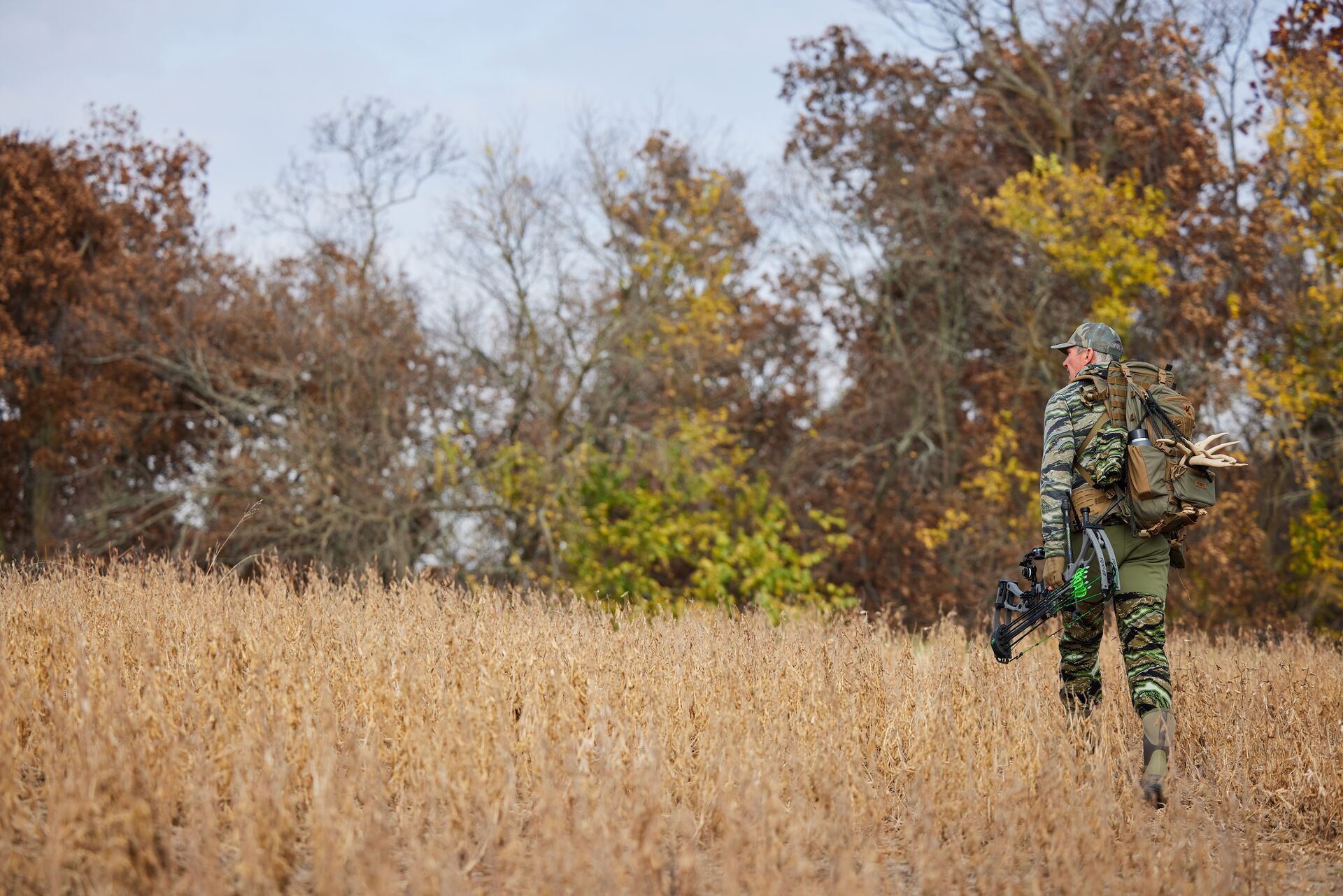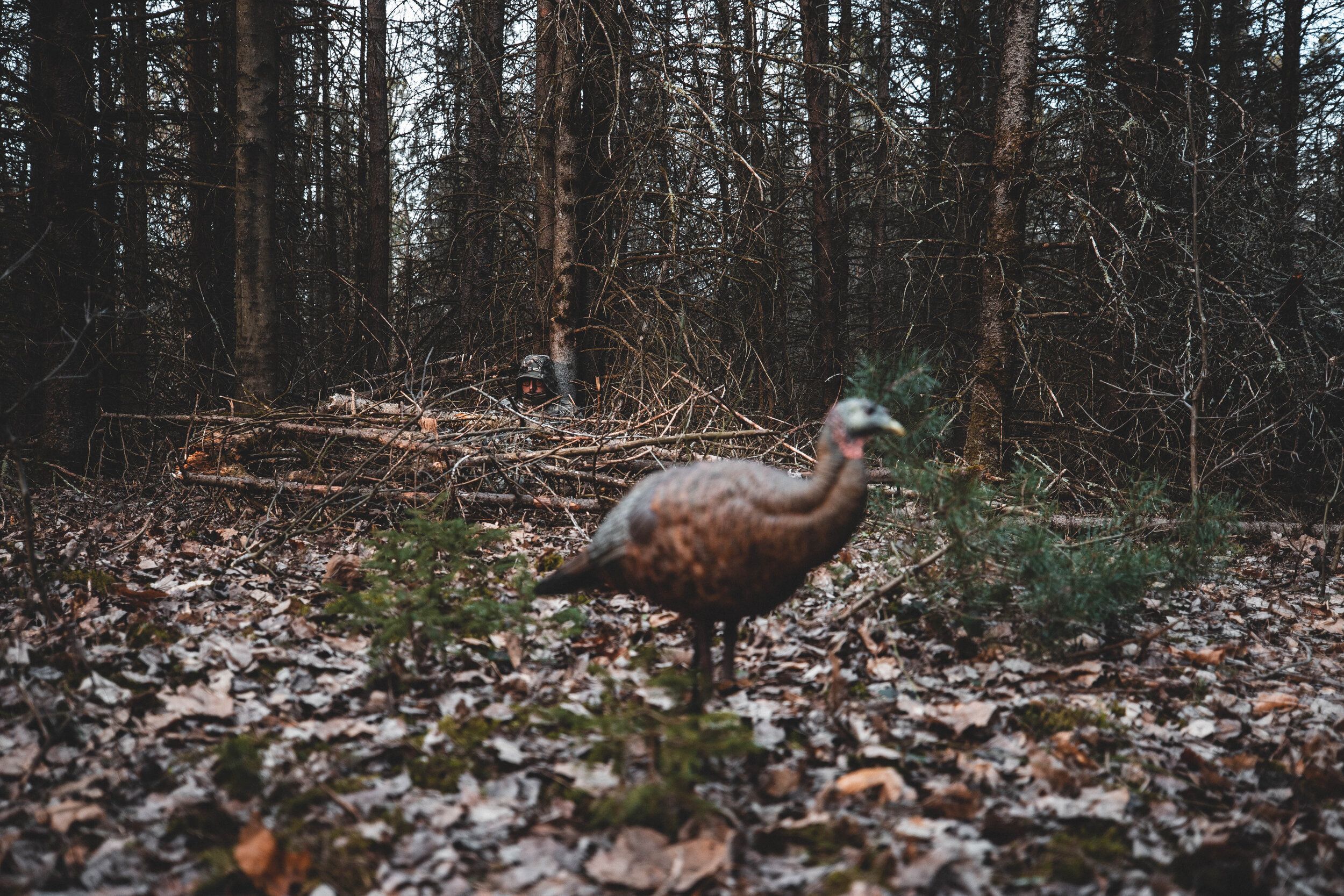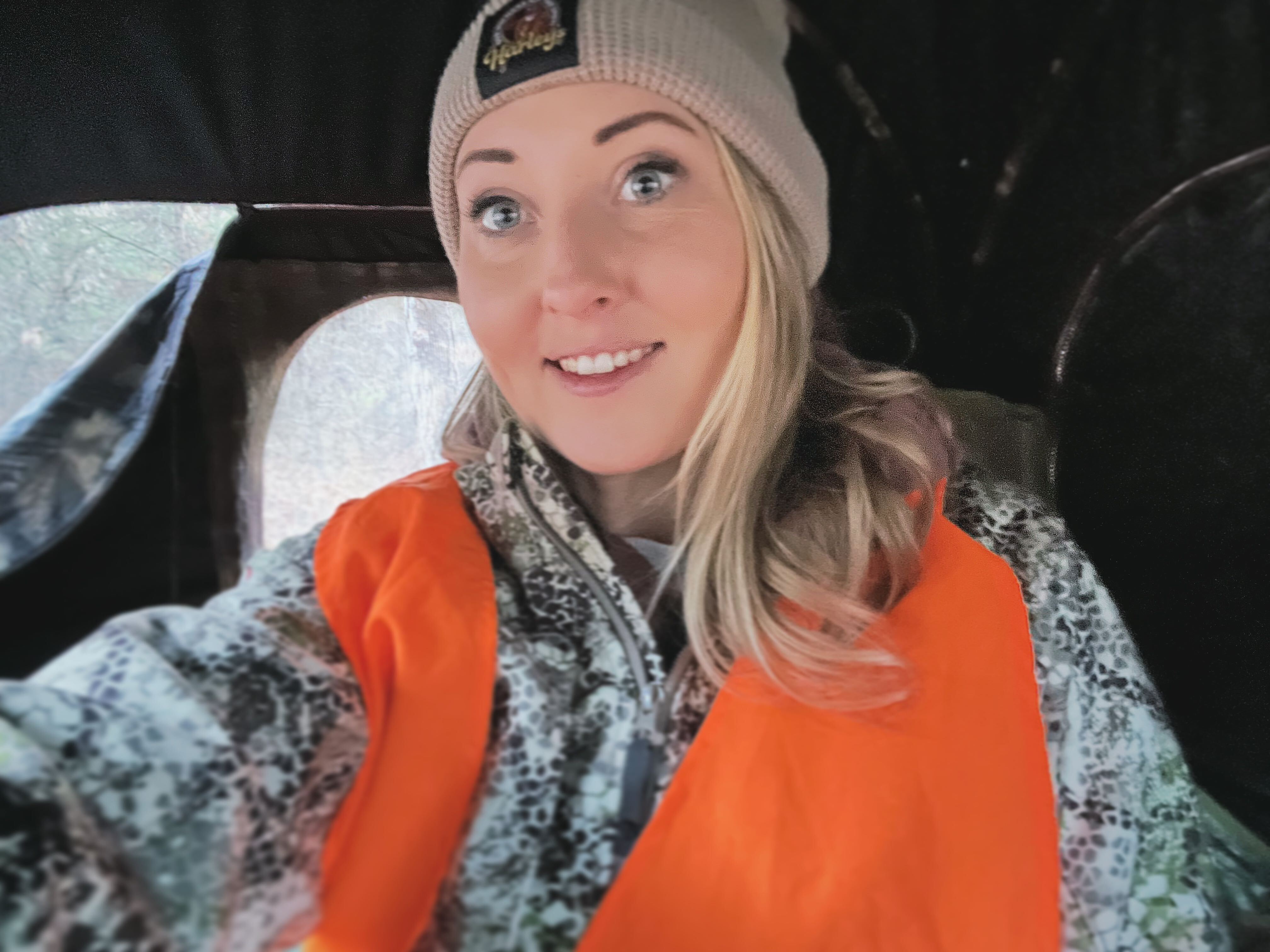Field Guide / Hunting Tips
5 Common Deer Food Plot Mistakes to Avoid this Year
We all make mistakes, and learning from them makes us better hunters. However, you need to know what you're doing wrong to correct it and do it better next time.
Previous in Hunting Tips
More Content Like This
How to Fire Up a Silent Spring Tom
Right before sunrise, gobblers get excited. They're very vocal on the roost and after fly down. It's like when the lights go out at a pro basketball game, the music begins to pump, and the announcer bellows the starting lineup to a hyped-up crowd.Read More
Read More
5 Quick Tips for New HuntWise Hunting App Users
You're considering HuntWise as your next (or first) hunting app for land boundaries, animal tracking, planning around the wind, and more. Or, perhaps you just signed on for a free trial and you're looking for some quick tips to get started in the app...Read More
Read More
How to Get Permission to Hunt Private Land [10 Tips]
Have you ever been driving through the backcountry only to pass parcel after parcel of stunning private land that you know holds big bucks and thought, "I wish I could get in there?" Read More
Read More Hunting Tips
Hunting TipsHow to Fire Up a Silent Spring Tom
Right before sunrise, gobblers get excited. They're very vocal on the roost and after fly down. It's like when the lights go out at a pro basketball game, the music begins to pump, and the announcer bellows the starting lineup to a hyped-up crowd.Read More
Read More Hunting Tips
Hunting Tips5 Quick Tips for New HuntWise Hunting App Users
You're considering HuntWise as your next (or first) hunting app for land boundaries, animal tracking, planning around the wind, and more. Or, perhaps you just signed on for a free trial and you're looking for some quick tips to get started in the app...Read More
Read More Hunting Tips
Hunting TipsHow to Get Permission to Hunt Private Land [10 Tips]
Have you ever been driving through the backcountry only to pass parcel after parcel of stunning private land that you know holds big bucks and thought, "I wish I could get in there?" Read More
Read More
1 of 3
